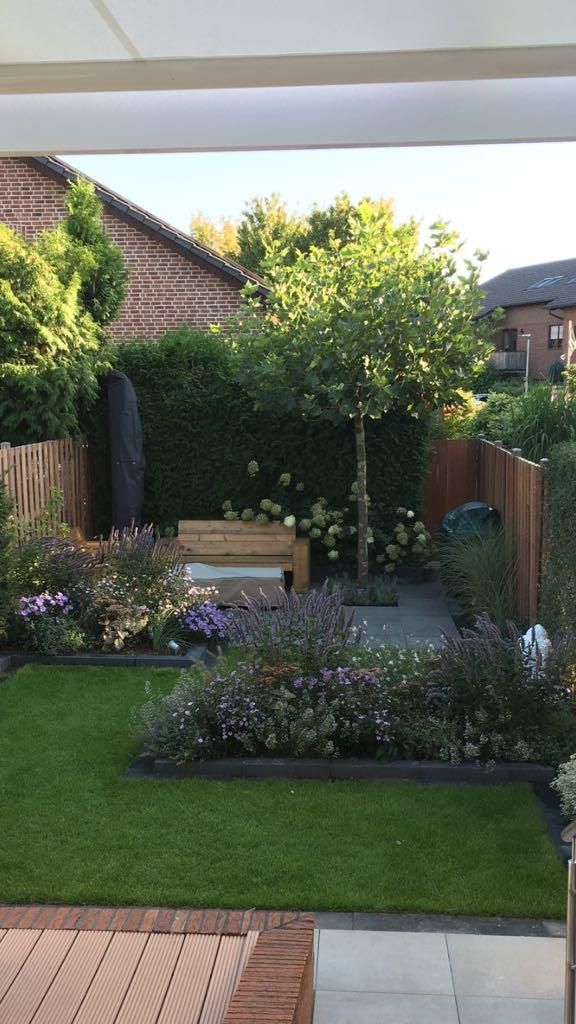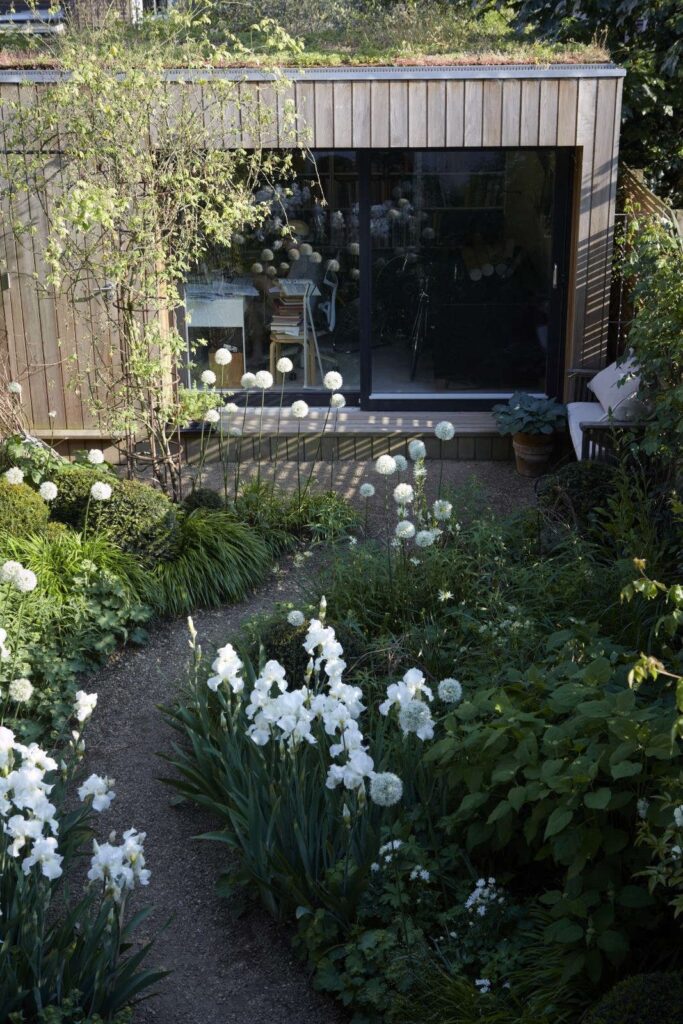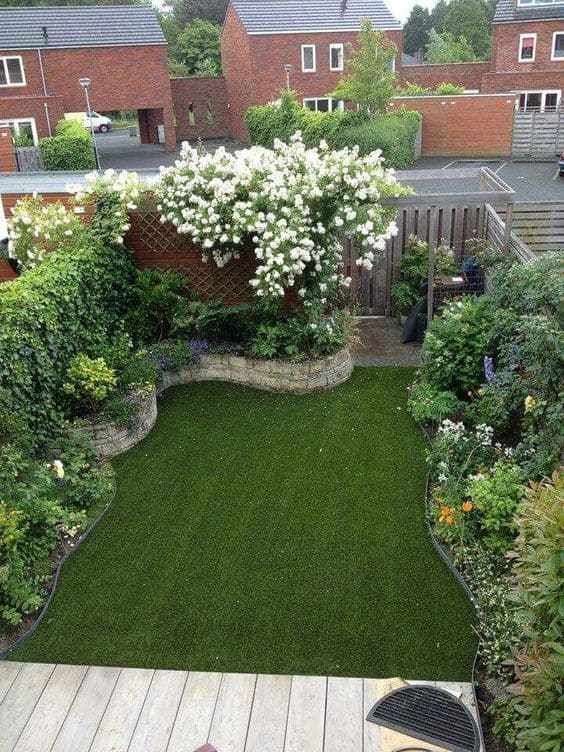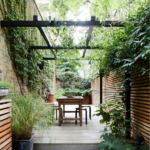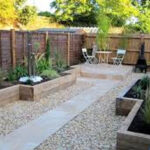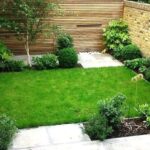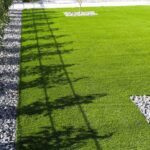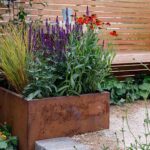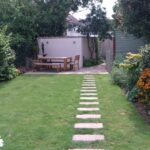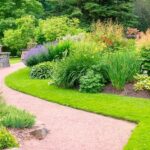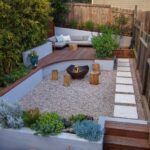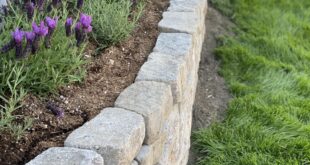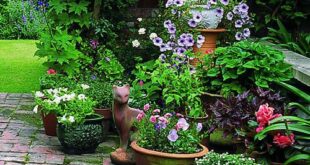Small garden design can be a great way to maximize outdoor space while keeping maintenance to a minimum. By carefully planning and choosing the right plants and features, it is possible to create a beautiful and functional garden that requires little upkeep.
One key aspect of low maintenance garden design is to keep the space simple and uncluttered. Avoid overcrowding the garden with too many plants or features, as this can make it harder to maintain. Instead, focus on a few key elements that will make a big impact, such as a well-placed focal point or a carefully curated selection of plants.
Choosing the right plants is also important when designing a low maintenance garden. Opt for hardy, drought-tolerant plants that require minimal watering and care. Native plants are a great choice, as they are well-suited to the local climate and soil conditions, making them easier to grow and maintain.
Incorporating hardscaping elements such as gravel paths, stone borders, or raised beds can help reduce the amount of maintenance required in the garden. These features not only add visual interest to the space but also help to reduce the need for weeding and watering, saving time and effort in the long run.
Another helpful tip for low maintenance garden design is to mulch the garden beds. Mulch helps to suppress weeds, retain moisture in the soil, and regulate soil temperature, all of which can reduce the amount of time and effort needed to maintain the garden. Organic mulches such as wood chips or bark are a good choice, as they will break down over time and enrich the soil.
Lastly, consider incorporating self-sustaining elements into the garden design, such as a rainwater harvesting system or a compost bin. These features can help to reduce water usage and waste, while also providing natural fertilizers for the garden. By choosing sustainable practices and materials, it is possible to create a low maintenance garden that is not only beautiful but also eco-friendly.
 yishifashion Where Outdoor Dreams Become Reality
yishifashion Where Outdoor Dreams Become Reality
